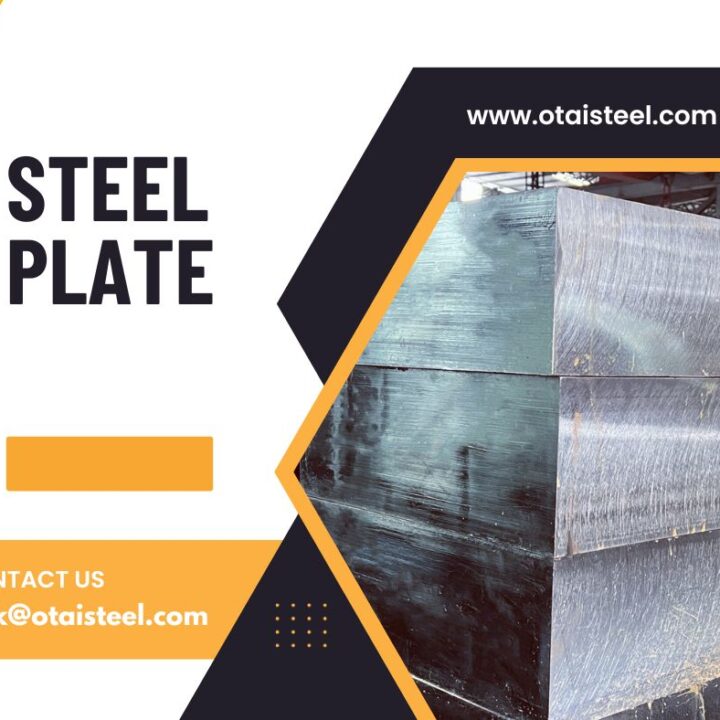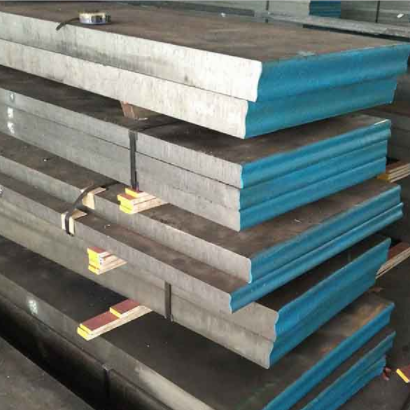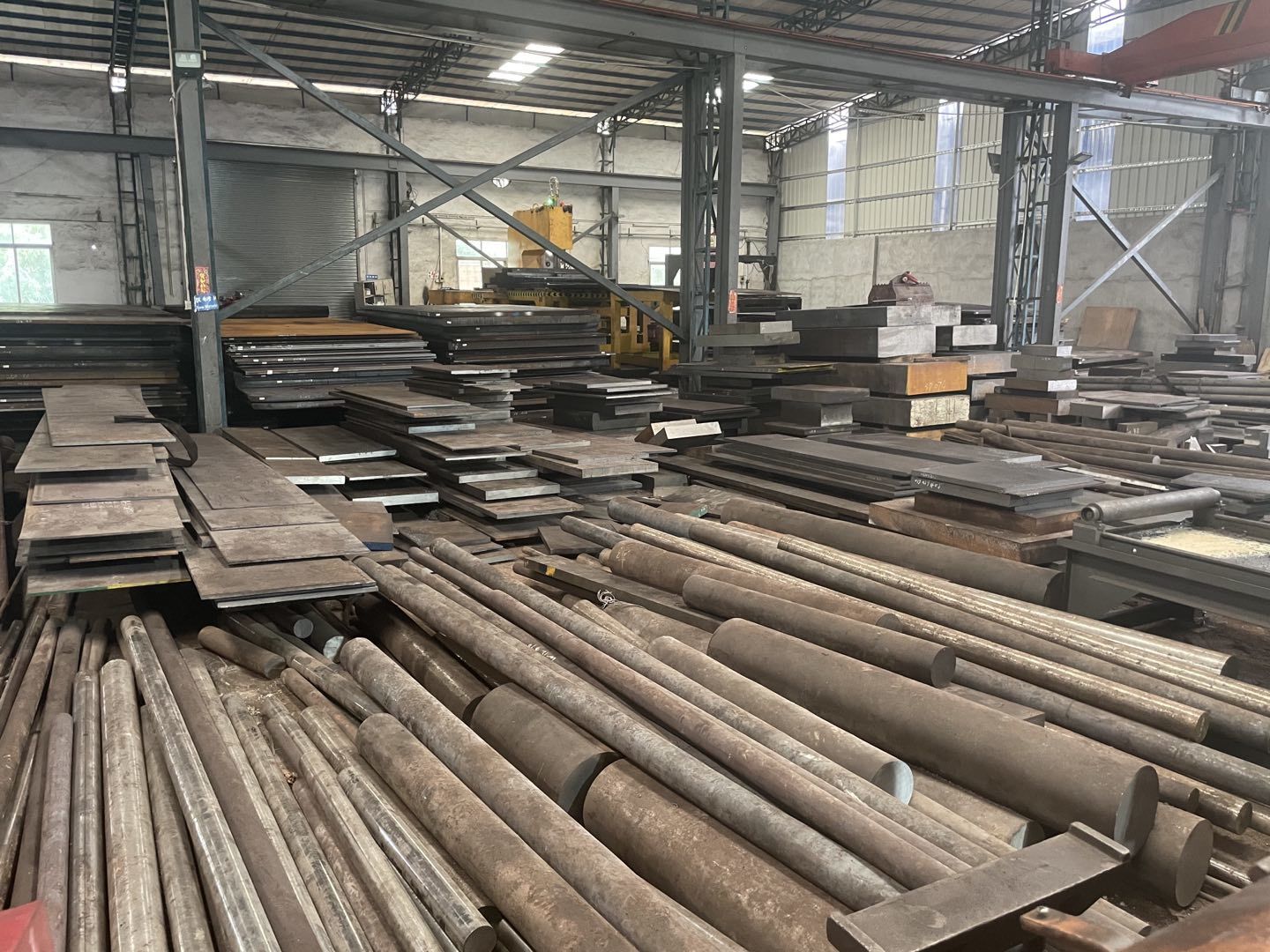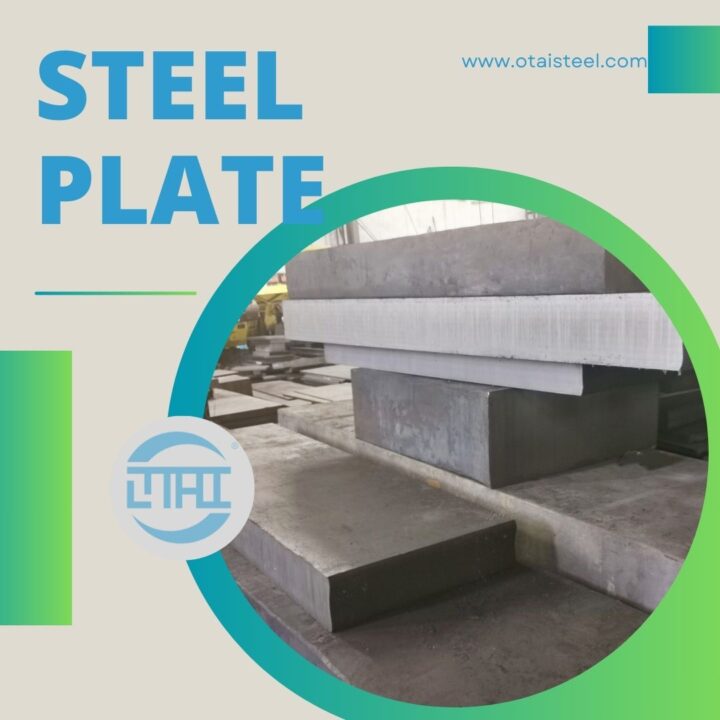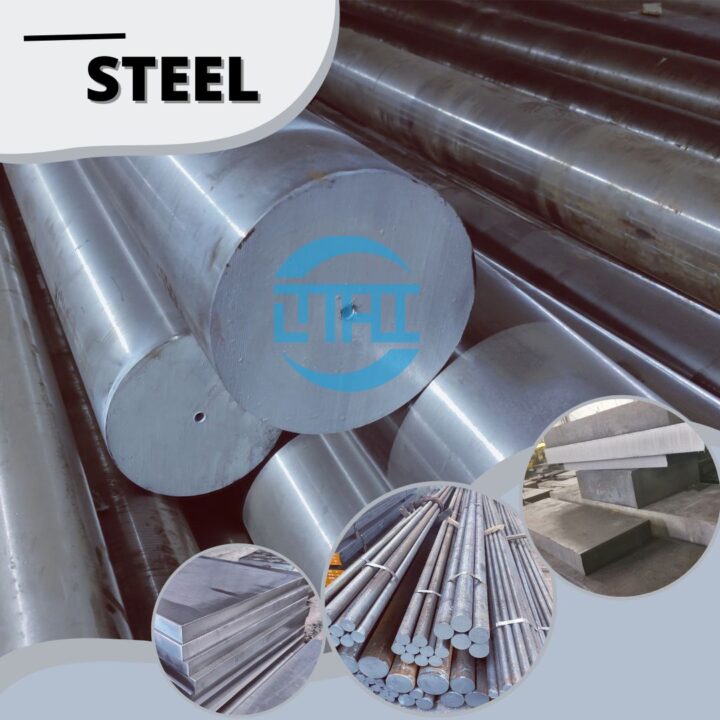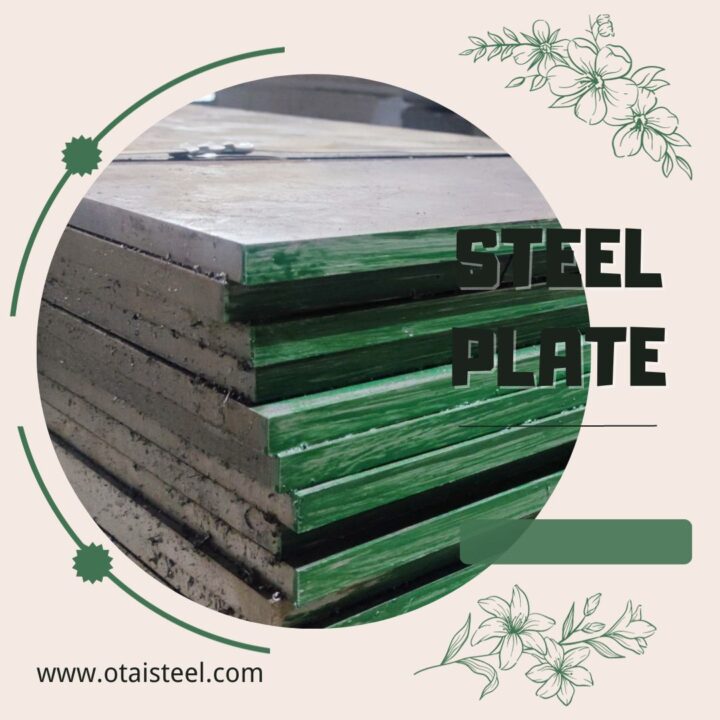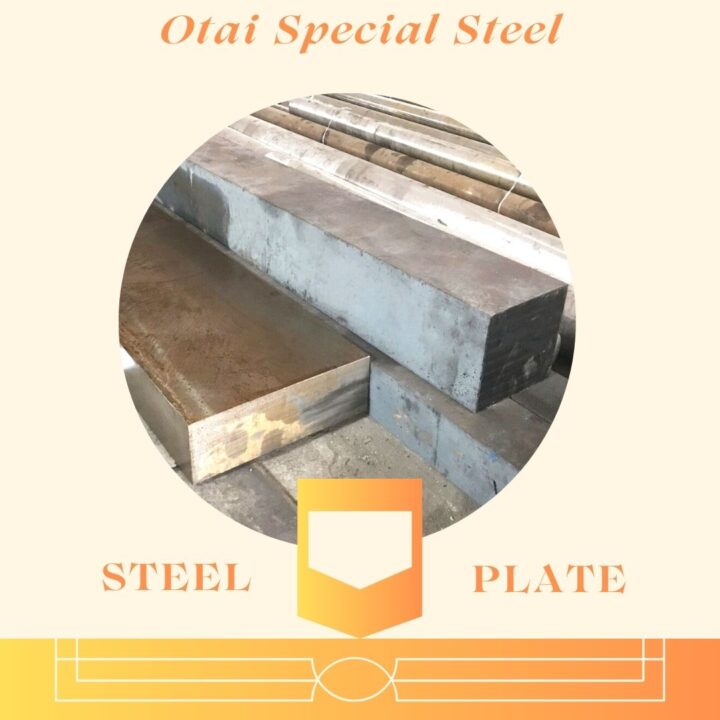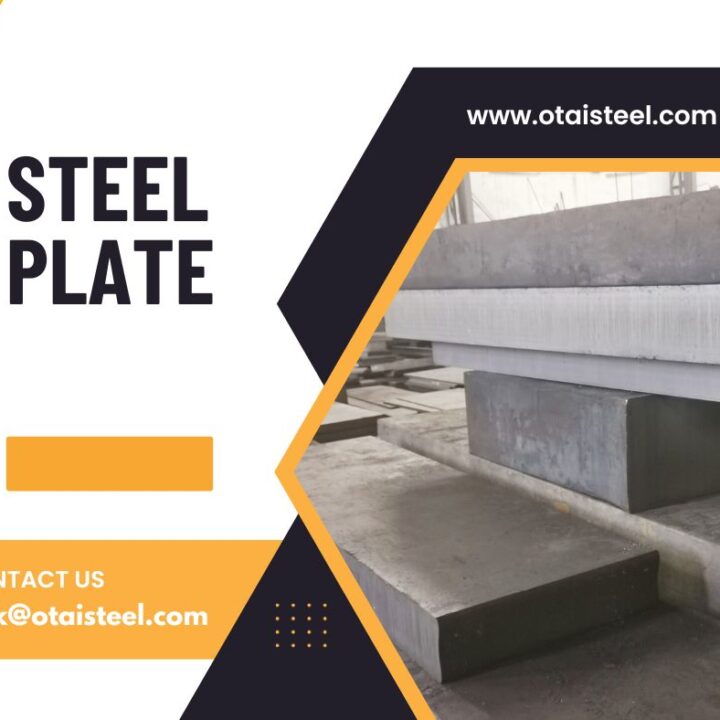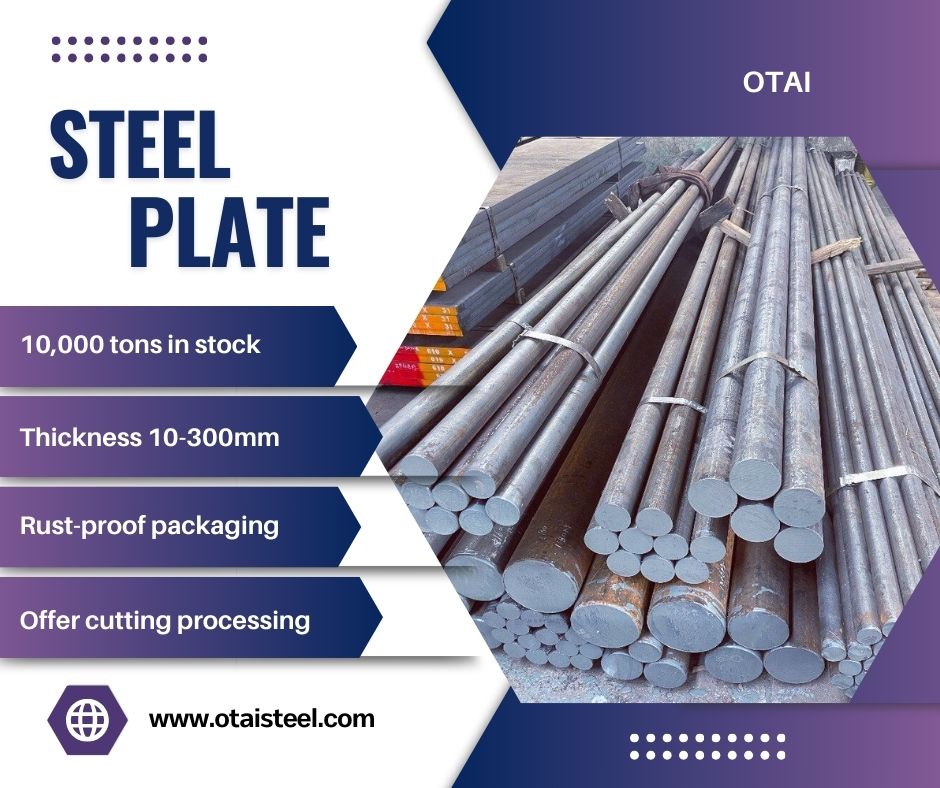 Chemical Composition of A2 Steel: Understanding Its Formulation and Applications
Chemical Composition of A2 Steel: Understanding Its Formulation and Applications
Introduction
- Overview of A2 Steel
A2 steel is a versatile tool steel renowned for its exceptional toughness, wear resistance, and dimensional stability. This makes it a preferred choice in various industrial applications, including tooling, machining, and precision engineering.
- Introduction to OTAI
OTAI specializes in A2 steel and other alloy structural steels, maintaining a robust inventory and offering customized services to meet specific customer needs. With a commitment to quality and reliability, OTAI has established itself as a leading supplier in the global steel market.
Understanding the Chemical Composition of A2 Steel
- Composition Overview
A2 steel is an air-hardening, cold-work tool steel characterized by its high carbon and chromium content. The chemical composition typically includes:
- Carbon (C): Approximately 1.00%
- Chromium (Cr): Around 5.25%
- Manganese (Mn): Up to 1.00%
- Silicon (Si): Not exceeding 0.60%
- Vanadium (V): Approximately 0.20%
- Impact of Alloying Elements
- Carbon: Enhances hardness and wear resistance.
- Chromium: Improves hardenability, wear resistance, and corrosion resistance.
- Manganese: Contributes to hardenability and toughness.
- Silicon: Enhances strength and hardness.
- Vanadium: Refines grain structure, promoting toughness and wear resistance.
Importance of Chemical Composition in A2 Steel
- Hardenability and Heat Treatment
The chemical composition of A2 steel dictates its hardenability—the ability to achieve desired hardness through heat treatment processes like annealing, quenching, and tempering. This property is crucial for maintaining dimensional stability and performance in tooling applications.
- Mechanical Properties
The alloying elements in A2 steel synergistically contribute to its mechanical properties, such as:
- High hardness: Essential for cutting tools and dies.
- Excellent toughness: Resists fracture and deformation under high-stress conditions.
- Good dimensional stability: Maintains shape and size accuracy during machining and tooling operations.
Applications of A2 Steel Based on Composition
- Tool and Die Manufacturing
A2 steel’s composition makes it ideal for producing:
- Cold-working tools: Punches, dies, and cutting tools.
- Precision instruments: Gauges, molds, and measuring devices.
- Industrial Applications
Used in:
- Injection molding: Tooling components requiring high wear resistance.
- Metal forming: Dies and punches for shaping metal parts.
OTAI’s Expertise in A2 Steel Supply
- Comprehensive Inventory and Custom Solutions
OTAI maintains a substantial inventory of A2 steel in various forms and sizes, ensuring prompt delivery to meet customer demands. We offer tailored solutions including precision cutting, packaging, and rust-resistant coatings to preserve product integrity.
- Global Reach and Customer Satisfaction
OTAI serves a diverse clientele, including Fortune 500 companies, delivering A2 steel that meets stringent technical specifications and operational requirements. Our commitment to quality and customer satisfaction sets us apart in the global steel industry.
Chemical Composition of A2 Steel: Understanding Its Formulation and Applications
The chemical composition of A2 steel underscores its exceptional properties—toughness, wear resistance, and dimensional stability—essential for demanding industrial applications. OTAI’s expertise in A2 steel supply ensures superior quality and reliability, meeting industry standards and exceeding customer expectations.
